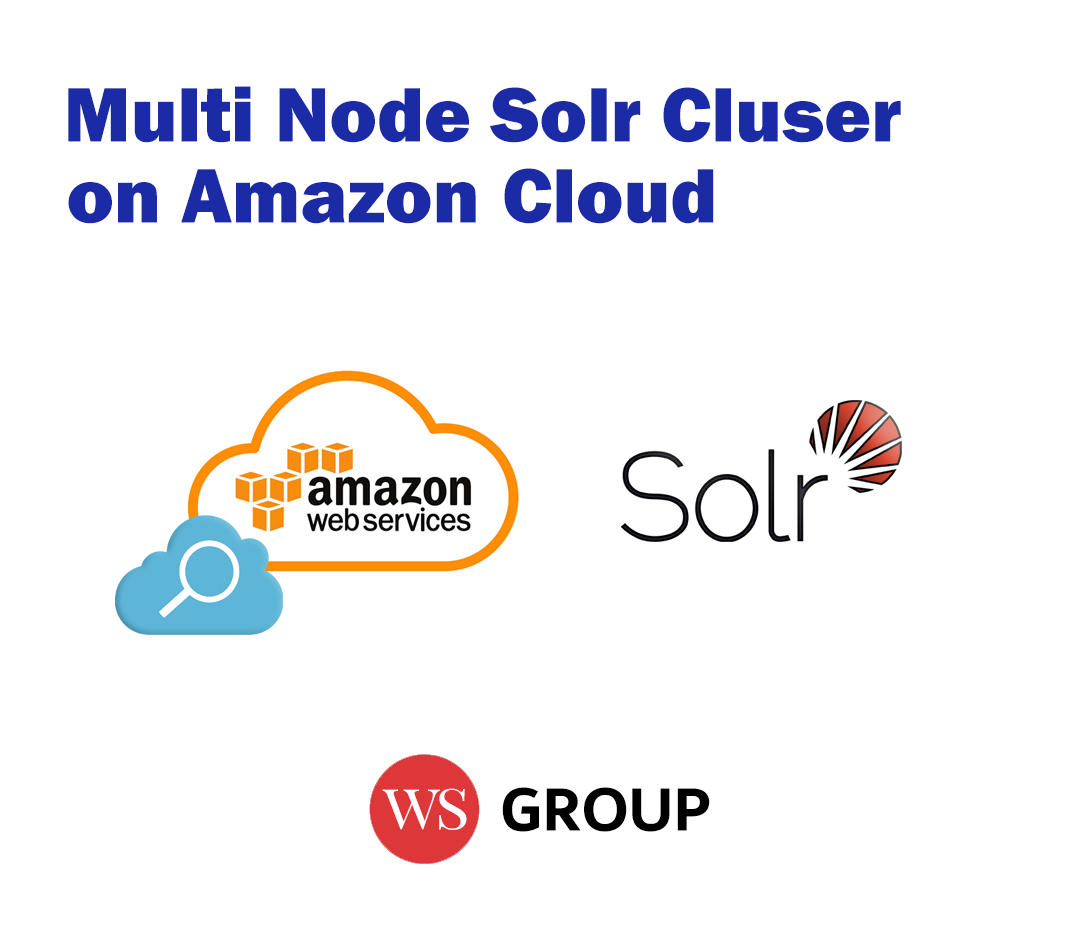
Overview
Solr is the popular, blazing fast open source enterprise search platform from the Apache Lucene project. Its major features include powerful full-text search, hit highlighting, faceted search, near real-time indexing, dynamic clustering, database integration, rich document (e.g., Word, PDF) handling, and geospatial search. Solr is highly reliable, scalable and fault tolerant, providing distributed indexing, replication and load-balanced querying, automated failover and recovery, centralized configuration and more.
Below is the Configuring and installation plan:
Phase 1: Planning and Design
Step 1: Define Search Requirements
Step 2: Choose AWS Infrastructure
Step 3: Design SolrCloud Topology
Phase 2: Multi-Node SolrCloud Cluster Configuration
Step 4: Create EC2 Instances
Step 5: Install and Configure Solr
Step 6: Set Up Zookeeper Ensemble
Step 7: Configure Solr Nodes
Phase 3: Data Ingestion and Connectivity
Step 8: Ingest Data into Multi-Node SolrCloud
Step 9: Connectivity Setup
Phase 4: Monitoring and Management
Step 10: Implement Monitoring Tools
Step 11: Automated Backups and Maintenance
Phase 5: Testing and Optimization
Step 12: Conduct Performance Testing
Step 13: Optimization Strategies
Highlights
- Planning and Design of Multi-Node SolrCloud Cluster setup
- Multi-Node SolrCloud Cluster Configuration and Data Ingestion and Connectivity
- Monitoring and Management and Testing and Optimization
Details
Introducing multi-product solutions
You can now purchase comprehensive solutions tailored to use cases and industries.

Pricing
Custom pricing options
How can we make this page better?

Legal
Content disclaimer
Support
Vendor support
Buyers can expect high-quality support, including daily updates, effective collaboration, and proactive ownership. For support inquiries, contact [hello@webspiders.com /+1-347-274-8815] during business hours.